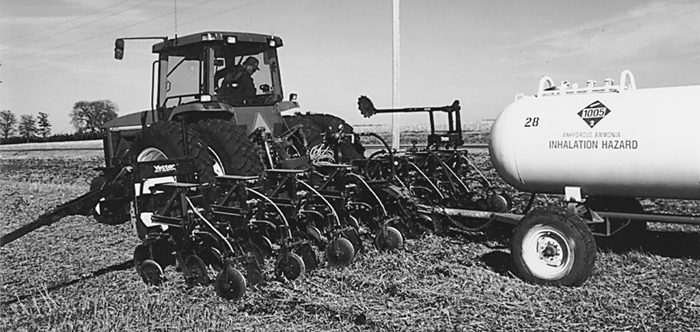No-Till Farmer
Get full access NOW to the most comprehensive, powerful and easy-to-use online resource for no-tillage practices. Just one good idea will pay for your subscription hundreds of times over.

Cliff Roberts has been fall strip tilling for a dozen years. The Kentland, Ind., farmer is pretty blunt about why he likes to fall strip till for no-tilled corn grown on silt loam soils.
“If I wasn’t fall strip tilling, I’d probably be back tilling my ground,” he says.
“I went through the phase of turning my no-till planter into a tillage tool with row cleaners and other accessories and I wasn’t happy with the results. Those accessories didn’t change either the heat or moisture levels in my soils in the spring.”
Most strip-till systems rely on knives or coulters to prepare a tilled or loosened strip of soil ahead of the planter. Elevated 2 to 6 inches the normal soil surface, corn is no-tilled directly into these residue-free strips.
When strips are made in the fall, no-tillers may also deep-band nutrients.
Warmer Soils. Pete Hill, a conservation tillage specialist with Monsanto in Urbandale, Iowa, says soil temperatures in these strips can be 7 degrees warmer and significantly drier than undisturbed soil. He finds fall strip tilling is best suited for moderately to poorly drained soils that range from flat to gently rolling soils.
Roberts uses a strip-tilling rig that places a knife in the ground and then heaves the soil into a 6- or 8-inch-wide mound. This 4- to 6-inch-tall mound decreases to about 3 inches in height by spring.
He uses 18-inch blunt blades without springs on his strip-tilling rig and likes to pull the…